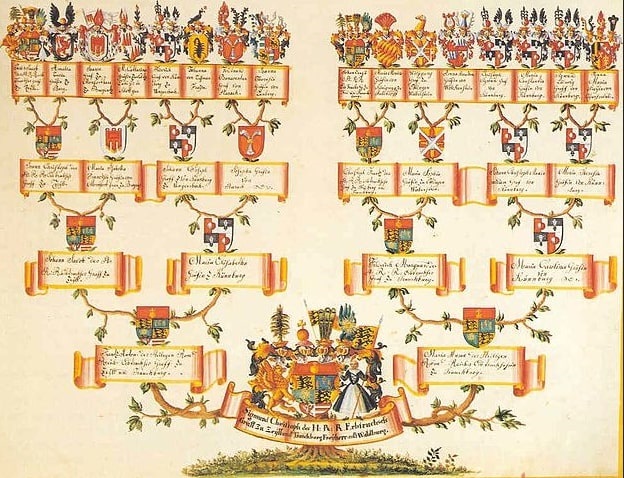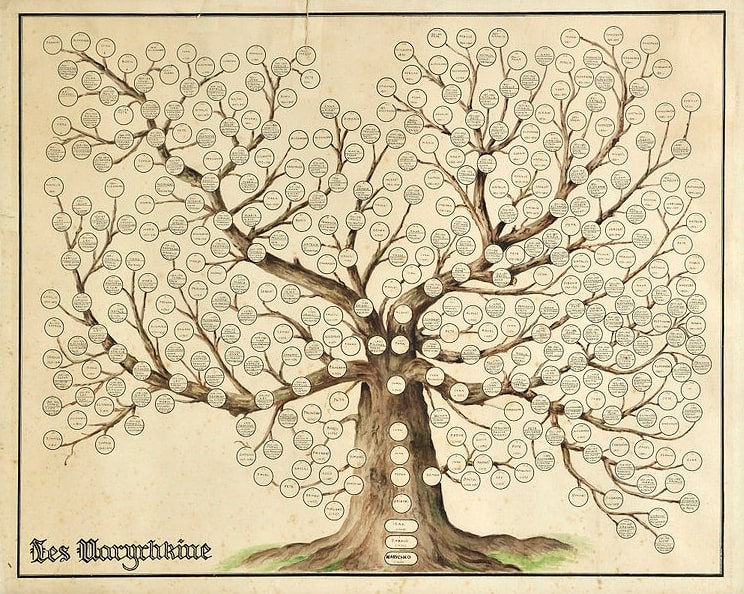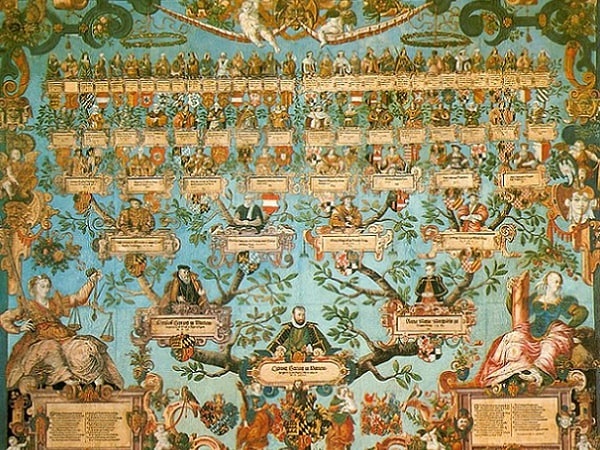The relationship between half-siblings is easy enough to understand, but what about half-cousins and other half-relatives?
Performing DNA tests is a great way to find long-lost family members, but interpreting things like your half-cousin’s DNA percentage isn’t always easy. Next, try to figure out a half-uncle’s DNA percentage, half-niece’s DNA percentage, or half-aunt’s DNA percentage, which can get even more complicated!
If you’re struggling to figure out how your half-cousins and other half-relatives play into your family tree, here’s everything you need to know.

What Is a Half-Cousin?
Your half-cousin is someone who shares one grandparent with you. A full cousin would share both grandparents. This occurs when the parents of each half-cousin are also half-siblings.
It’s not uncommon to see a family tree with half-siblings or half-cousins. Generally, if your parents have half-siblings, you also have a half-first cousin. Sound confusing? Half-relatives are a challenging concept to comprehend.
So, what’s an easier way to understand what a half-cousin is?
For example, grandpa has been married twice. He has one child from each marriage. These two children would be considered half-siblings. If these two children had offspring, they would be related as half-cousins.
You can also have half-second cousins and half-third cousins. A half-second cousin arises because everyone has four sets of great-grandparents. Second cousins share one of the four sets of great-grandparents. A half-second cousin would mean you share just one great-grandparent.
A half-third cousin would share one great-great grandparent, with half-fourth cousins going further back, and so on.

How Much DNA Do Half-Cousins Share?
Asking the question, “What is a half-cousin?” means potentially discovering more relatives than you realize. Many people find they are related to others via DNA tests, but how much DNA do half-cousins share?
As previously mentioned, interpreting DNA results for a half-sibling vs. a first cousin isn’t always apparent. So, how many centimorgans do half-first cousins share?
The amount of DNA, measured in centimorgans, shared by a half-first cousin is between 215 and 650 centimorgans. An amount under 515 cMs means you are almost certainly a half-first cousin of someone else.
Two first cousins would have 515 to 1300 cMs roughly. There is something of an overlap, which can make deciphering a relationship difficult. The only way to get around this problem is to look for close DNA matches, or to analyze how much DNA your parents have in common.
If you have an inconclusive result, both parties will need to have an expert examine their DNA results to find the truth.
How to Find Out if You Have a Half-Cousin
Did you know that many people accidentally discover that they are half-cousins?
Your family tree may hide some dark secrets, such as a relative who was unfaithful. The best way to find out if you’re half-cousins is to perform a DNA test with any leading DNA testing company.
However, this is only a starting point to adding color to your family tree. GenealogyBank provides several valuable tools to uncover potential connections between the people in your family or even total strangers who share your DNA.
Newspaper Archives
Newspaper archives, such as GenealogyBank’s Historical Newspaper Archives, are critical to family research because newspapers were the best way communities could learn about what was going on in their neighborhoods and the world for generations.
Local newspapers published everything from interesting stories about local figures to marriage banns.
Learning about your family tree and the people in it begins with the newspaper. GenealogyBank provides you with access to more than 300 years of digital archives right from your computer.
Census Records
Official census records can also give clues to your family history. Examining who was living in a relative’s house can reveal connections you never knew you had.
Moreover, census records can help you track down those great-grandparents and great-great grandparents who have been lost to time.
Other Government Records
Another avenue to examine is other official government records. Military records are especially useful for finding half-cousins because your great-grandparents would have been alive during the two world wars.
Using these records not only adds flavor and context to the names in your family tree, they can support you in double-checking connections and growing new branches.
Discover Your Half-Cousins with GenealogyBank
Tracking down your half-relatives could reveal some fascinating facts about your family history that you never thought you would learn. Many people have discovered new family members by looking for their half-relatives worldwide.
GenealogyBank is the largest repository of digital newspaper archives, including major metropolitan, local small-town newspapers, and obituary search records.
To discover exciting details about the past and gain access to a world of information on your family history, sign up now with GenealogyBank.
Explore over 330 years of newspapers and historical records. Discover your family story. Start a 7-Day Free Trial.
Note on the header image: the family tree of Ludwig Herzog von Württemberg (ruled 1568–1593), by Jakob Lederlein, 1585. Credit: Landesmuseum Württemberg; Robert Uhland; Wikimedia Commons.
